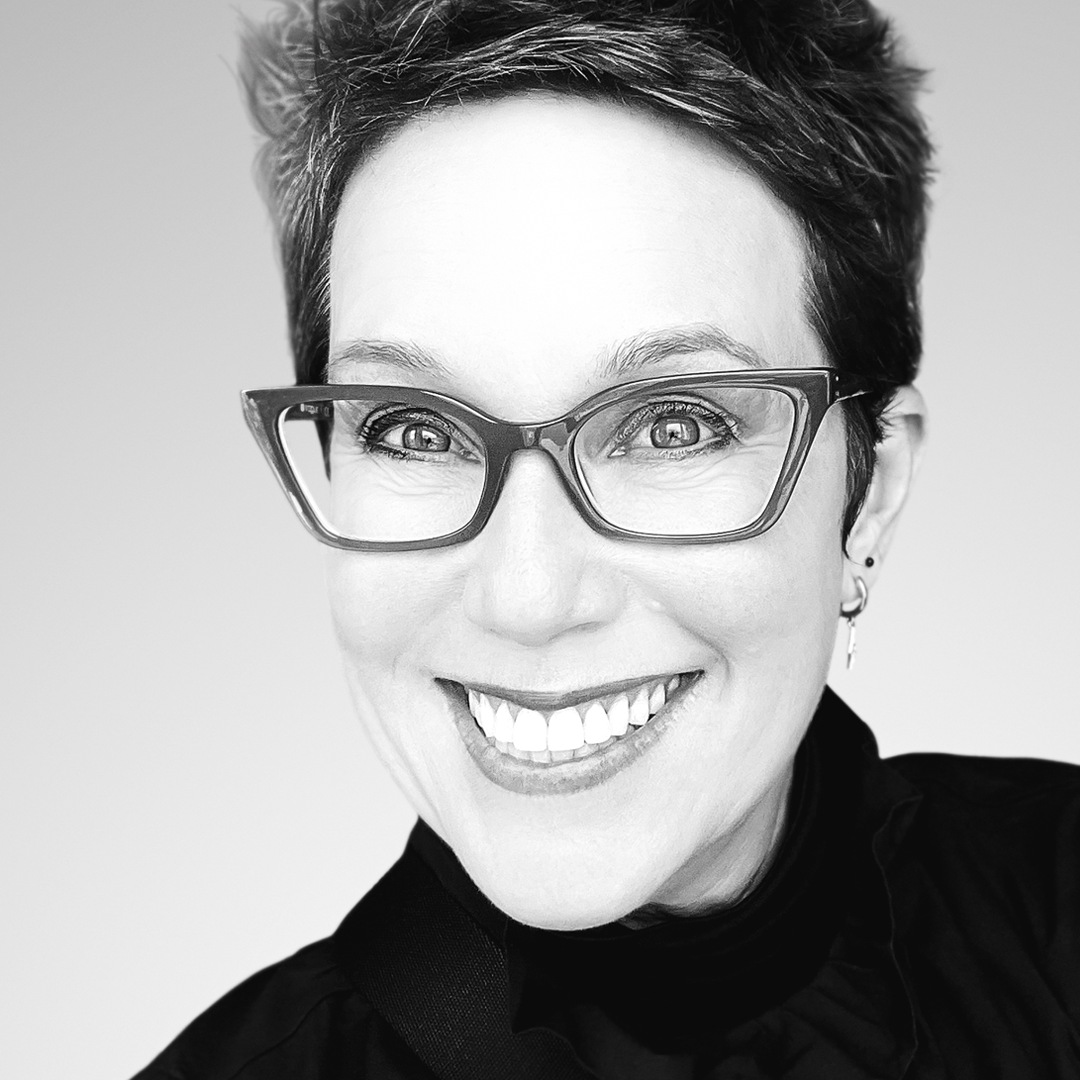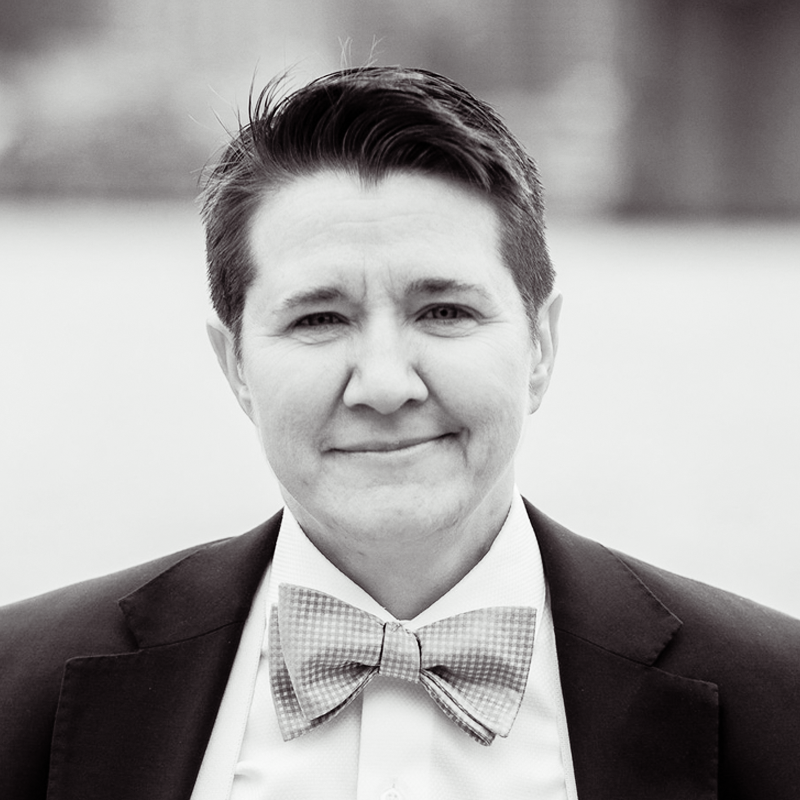Key Takeaways
- Start by determining where teams are falling short, and what additional expertise is needed to achieve goals.
- Explicitly define what success looks like and show the “gap” between current skills and desired expertise.
- Tap into career expectations and personal goals to get staff involved in their development.
- Hire people with a growth mindset to save everyone the frustration of forced development down the line.
Listen: Constant learning is essential to team growth.
Consider this scenario: Rebecca is Head of Design at a global organization. Over the past year, her company has gone through a radical business transformation, forced to seek creative ways to reach customers and launch services that deliver new revenue streams. It's hard enough to keep up with changing business priorities, but she has another problem: She leads a team of 48 people who have to keep up, too.
Every day the team is being asked to do things they've never done before. Yet they're all at different places in their careers and dealing with widely varying personal situations. And they're looking to Rebecca to know what to do. To hit her goals, she needs employees who are motivated to learn the new skills they need to succeed. In fact, their success actually depends on it.
This situation is not unique. That's why the leaders in our InsideOut Design Leader Community gathered to figure out how to engage employees in crafting learning plans that match business needs, tap into their passions, and ultimately improve job satisfaction and retention.
Show the gap
Start by determining where your team is falling short. When projects miss the mark, what are the most common skills needed to change those outcomes? Take a look at your goals. What additional expertise is required to achieve them? Once you have an overall view of the business needs, it's time to take it to the individual level.
Many companies offer checklists of skills to use during performance reviews, which is great, but those can be misleading. Often an employee thinks that because they've done something once, they can check off that skill. But there's a difference between skill testing and skill mastery. If the checklist says, “Present to Leadership,” a leader's interpretation is “Present XX ideas/proposals to leadership on XX occasions with positive results and positive feedback, incorporating learnings from each to become a consistently effective presenter.” Now there's a gap.
Be sure to explicitly define what success looks like–show the “gap” between the skills of today and the desired expertise. Drawing the path between their current role/knowledge and what they need to master to move to the next level not only gets staff engaged in their own development but prevents frustration on both sides if that career step does not materialize as quickly as they had in mind.
If you're struggling to help someone on your team see that the promotion and Compensation, increase they want does not match their current skills, ask more questions. A great question to ask staff was posed by a leader in one of our roundtable discussions: “What are your skills today compared to [fill in the blank] years ago?”
Provide perspective
Comparing an employee's skills to their prior performance certainly helps them see how things have changed (or how they haven't). Another way to provide perspective is to use external models that illustrate the gaps and show opportunities for growth.
A resource that came up in our InsideOut roundtables was the concept of letter-shaped employees. Most leaders are familiar with the “T-shaped person” idea made famous by IDEO CEO Tim Brown over a decade ago, with the lines of that T representing a person's breadth and depth of knowledge. Since then, there's been much debate on what the shape of the future will be. No matter which shape you feel is right for your team, define the specialist and generalist competencies you expect.
By pointing to a framework that is objective and external, you can open a dialogue with your direct report about their own perceptions, interests, and motivations. It also allows you to transfer accountability to the learner for their future success. Another fabulous question raised in our discussion: “Are you on the path to being the shape you want to be?”
Inspire growth
Tapping into career expectations and personal goals will uncover powerful ways to get staff involved in their development. By asking questions, you will find expertise they may have thought wouldn't fit their role–but that you know would add value. Here's an example:
Upon discovering that a designer on their team had a passion for illustration (which was not in his job description), one InsideOut leader crafted opportunities to hone those skills which led to a companywide repository of visual components that saved time and money–and ultimately led to that designer's promotion. Another leader pointed out that learning should be personal. When staff see what's in it for them to acquire new skills and how important those skills are to their success and that of the broader organization, they embrace education and are thankful for your investment in them.
Tying staff interests to real possibilities for growth leads to mutual benefit, so taking the time to have open conversations is critical. Plus, inspired employees go above and beyond, often teaching what they know to others and lifting the overall proficiency of your entire group.
Meet them where they are
Now for the really tough part: Every human being is having their own unique life experience, brings a unique set of expectations, and requires an individual approach to drawing them into self-motivated growth. There's no one-size-fits-all.
That said, in our InsideOut roundtable, we discussed four basic states in which employees might find themselves and how leaders can support the growth of each:
The Eager Learner. New to the role or task, they want to learn everything, realize they have a lot to learn and require direction, support, and opportunity.
The Midpoint Learner. They've had some wins and are looking around to see how their career stacks up to their peers. These learners may be difficult to retain if they don't see potential and have a clear growth path.
The Accomplished Learner. With confidence, these learners want to keep growing but feel they've earned the right to work on the “good stuff” and/or have an interest in leading others. These learners can also be difficult to retain if you can't offer what they want.
The Transition Learner. This learner has mastered many skills and, while not checked out, they're not seeking high-risk challenges–yet retaining them and expanding their skills is highly desirable. Encouraging their passions and giving them a chance to shine can keep them engaged and motivated to continue to learn.
A productive and happy team includes all these learners, each with clear next steps on how to be an integral part of your company's future.
I'd be remiss if I didn't mention that hiring the right people came up repeatedly as we discussed staff development. Figuring out in the interview stage whether or not your interviewee already has a growth mindset saves everyone the frustration of pulling or pushing them into required improvements down the line.
Here are a few interview questions to uncover genuine intellectual curiosity and help identify lifelong learners who naturally engage in their own development:
- Tell me about the last time you learned something new.
- What resources do you rely on to stay on top of trends in your field?
- How would your past employers describe your interest in learning, and why?
- Describe the last time you made a mistake and what you learned from it.
- What keeps you motivated to improve your skills?
And there you have it. While not an exhaustive list of how to engage employees in their own growth plans, showing the gap between their current and future skills, providing perspective and inspiration to fuel personal interests, and meeting them where they are will improve your odds of success. To keep up with the speed of change that is accelerating every year, leaders simply have to find ways to foster an environment of continuous learning. You've got this.
If you're a senior design, experience, or operations leader of an in-house team and want to connect to others who share your unique challenges, let's talk. Our InsideOut community hosts virtual roundtables to support the learning, growth, and sanity of our members, and I'm honored to get to facilitate those discussions.
Latest.

How to fuel sustainability growth through collaboration.
Sustainability

Harnessing data for expert ESG and sustainability strategies.
Sustainability

Aquent’s unique solution to better sustainability for businesses.
Sustainability




